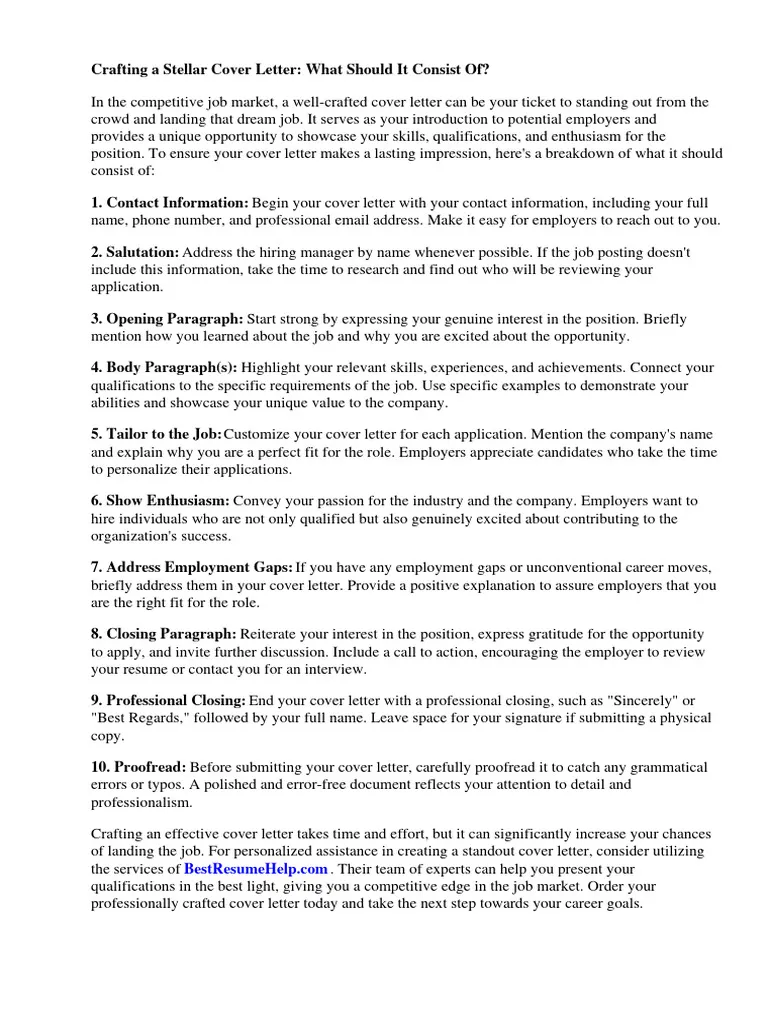Why Cover Letters Still Matter
In today’s competitive job market, where thousands of applications are submitted for each open position, a cover letter can significantly increase your chances of getting noticed. While some may argue about the relevance of cover letters in the digital age, these documents still offer a valuable opportunity to make a strong first impression and showcase your unique qualifications. They provide a personalized touch that a standard resume often lacks. A well-crafted cover letter is your chance to connect with the hiring manager, demonstrate your understanding of the role, and express your enthusiasm for the company. It allows you to tell a story, highlighting why you’re the perfect fit beyond just listing your skills and experiences.
What is a Cover Letter?
A cover letter is a one-page document submitted with your resume when applying for a job. Its primary purpose is to introduce you to the hiring manager and explain why you are a suitable candidate for the position. It’s a chance to personalize your application and expand upon the information presented in your resume. The letter gives you the opportunity to highlight specific skills, experiences, and accomplishments that align with the job requirements and demonstrate your genuine interest in the company. The format is generally professional and should always be tailored to the specific job and company you are applying for. Think of it as your personal sales pitch, designed to convince the employer to read your resume and ultimately, invite you for an interview.
Key Components of a Cover Letter

A successful cover letter typically includes several key components. These elements work together to create a cohesive and compelling narrative that showcases your qualifications and enthusiasm. Each part plays a critical role in making a positive impression on the hiring manager. Properly structuring these parts will improve your chances of moving to the next stage of the hiring process, and land you a job interview.
Contact Information
At the top of your cover letter, include your contact information. This should include your name, phone number, email address, and optionally, your LinkedIn profile URL. Make sure the information is current and professional. It is easy for the hiring manager to contact you directly with ease. This section establishes a professional tone and makes it simple for the employer to reach out.
Date
Immediately below your contact information, include the date you are writing the cover letter. This is a standard practice, demonstrating that the letter is current and specifically related to this application.
Hiring Manager’s Information
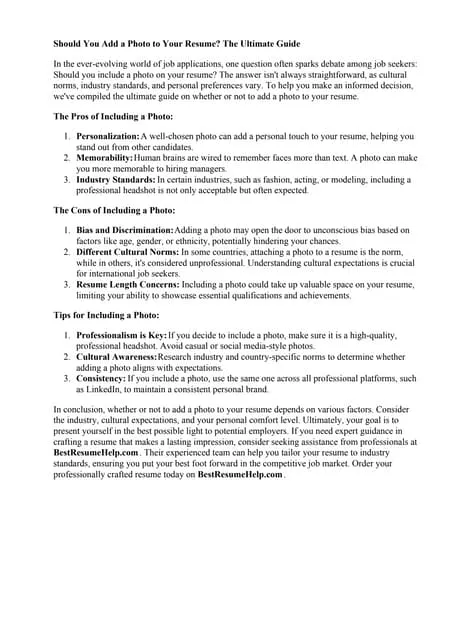
If possible, address your cover letter to a specific person, such as the hiring manager or the recruiter. Research the company to find the correct name and title. Addressing the letter to a specific individual shows that you’ve taken the time to personalize your application. If you cannot find a specific name, use a professional salutation like “Dear Hiring Manager.”
The Salutation
Start your cover letter with a professional salutation, such as “Dear Mr./Ms./Mx. [Last Name]” or “Dear Hiring Manager,” as mentioned above. Use the correct title, and make sure the name is accurate. The salutation sets the tone for your letter, and a respectful opening can immediately set a positive tone. Double-check the spelling of the name.
The Opening Paragraph
Your opening paragraph should grab the reader’s attention and state the purpose of your letter. Mention the specific position you are applying for and how you found out about the opportunity. Briefly state why you are interested in the role and the company. This paragraph should establish your enthusiasm and give the hiring manager a quick snapshot of why you’re a good fit.
Highlighting Your Value Proposition

In the body of your cover letter, highlight your value proposition. Explain why you are the best candidate for the job. Briefly describe your relevant skills and experiences, focusing on how they align with the job requirements. Use specific examples to illustrate your abilities and accomplishments. Showcase what makes you unique and how you can contribute to the company’s success.
Showcasing Relevant Skills and Experience
Provide specific examples of your achievements and quantify your accomplishments whenever possible. Instead of just listing your responsibilities, describe how you used your skills to achieve results. Use the STAR method (Situation, Task, Action, Result) to structure your examples and provide concise and impactful narratives. Tailor the skills and experience you highlight to match the requirements of the specific job.
Tailoring Your Cover Letter to the Job
Customize your cover letter for each job you apply for. This shows the hiring manager that you have taken the time to understand the role and the company’s needs. Review the job description carefully and identify the key skills and experiences the employer is seeking. Then, highlight how your qualifications align with those requirements. Generic cover letters are easily identified and often disregarded.
Quantifying Achievements
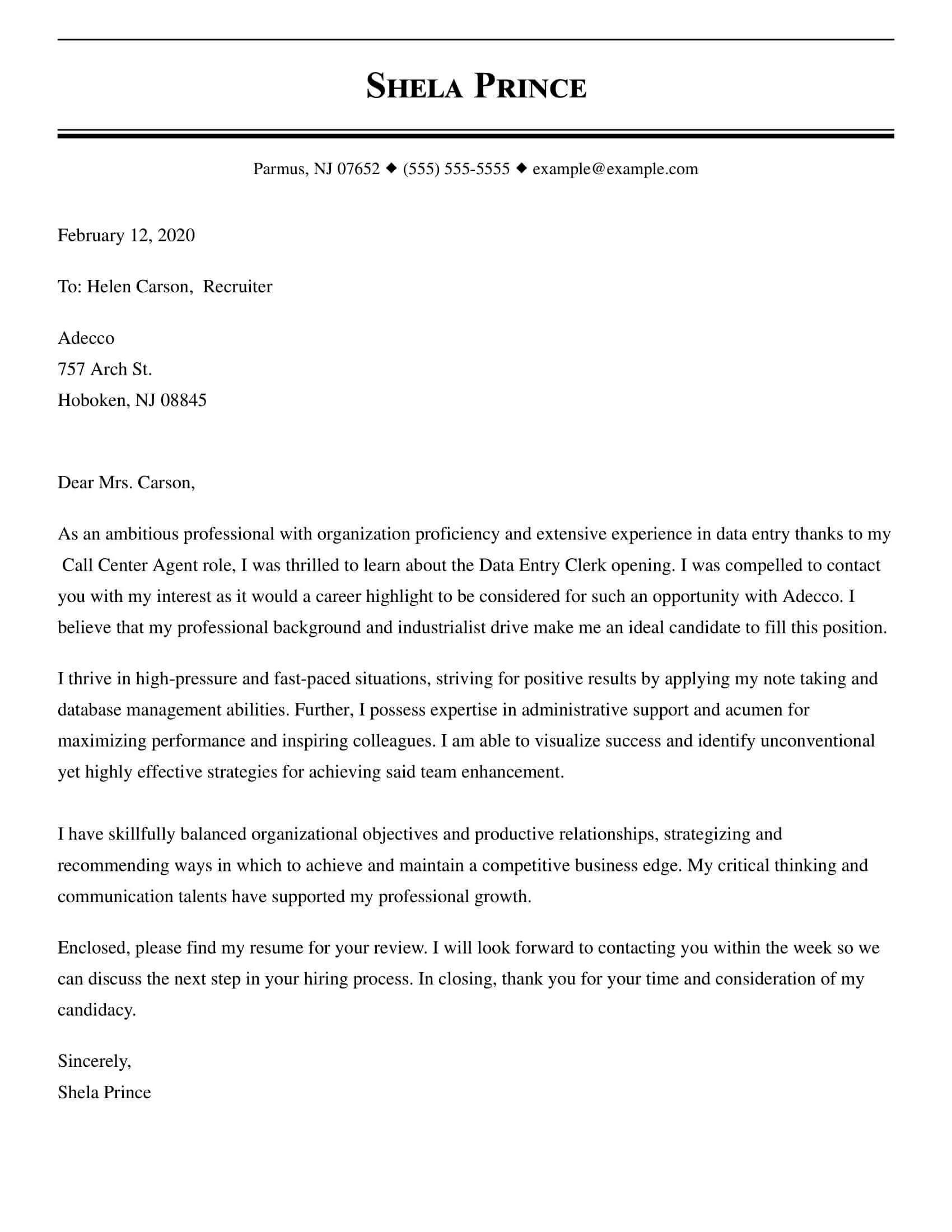
Whenever possible, quantify your accomplishments. Instead of saying “improved customer satisfaction,” say “increased customer satisfaction by 15% through implementing a new customer service strategy.” Using numbers provides concrete evidence of your abilities and makes your claims more compelling. This helps the hiring manager understand the tangible impact you’ve made in previous roles.
Addressing the Employer’s Needs
Show the employer that you understand their needs and how you can help them achieve their goals. Research the company and its mission. Demonstrate how your skills and experience align with their specific objectives. This demonstrates your interest and makes you a more appealing candidate.
The Closing Paragraph
In your closing paragraph, reiterate your interest in the position and the company. Summarize why you are a strong fit and express your enthusiasm for the opportunity. Keep it concise and professional. You want to leave the hiring manager with a positive and memorable final impression.
Expressing Gratitude and Call to Action
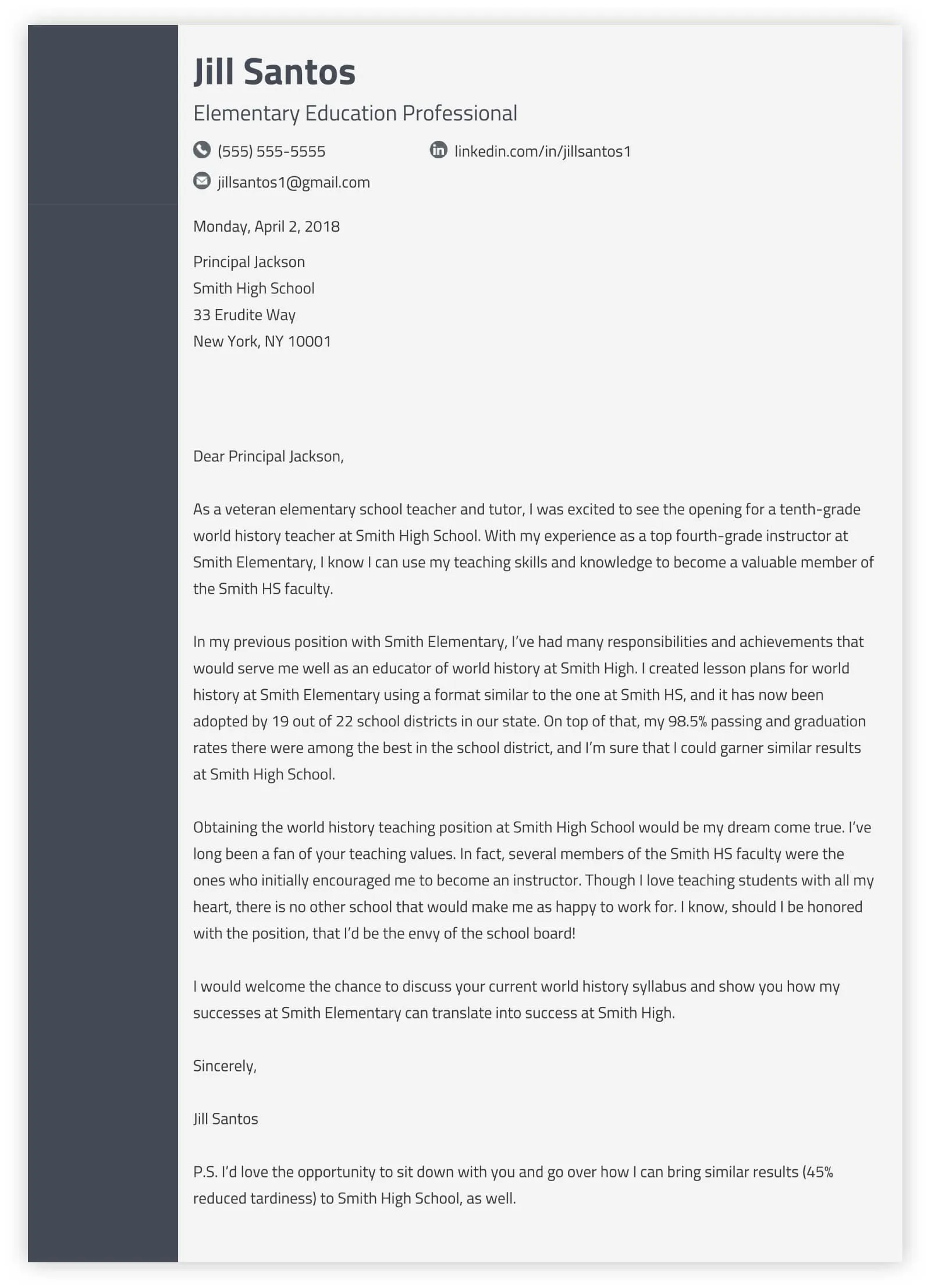
Thank the hiring manager for their time and consideration. Include a call to action, such as stating that you are available for an interview and look forward to hearing from them. Make it easy for the hiring manager to take the next step by providing clear instructions.
Cover Letter Formatting and Design
The formatting and design of your cover letter can significantly affect its readability and impact. A well-formatted letter is easy to read and demonstrates professionalism. Using a clean design and appropriate formatting helps create a positive impression.
Font and Style
Choose a professional font that is easy to read, such as Times New Roman, Arial, or Calibri. Use a font size between 10 and 12 points. Ensure your font style is consistent throughout the document and avoid using distracting or overly stylized fonts.
Length and Structure
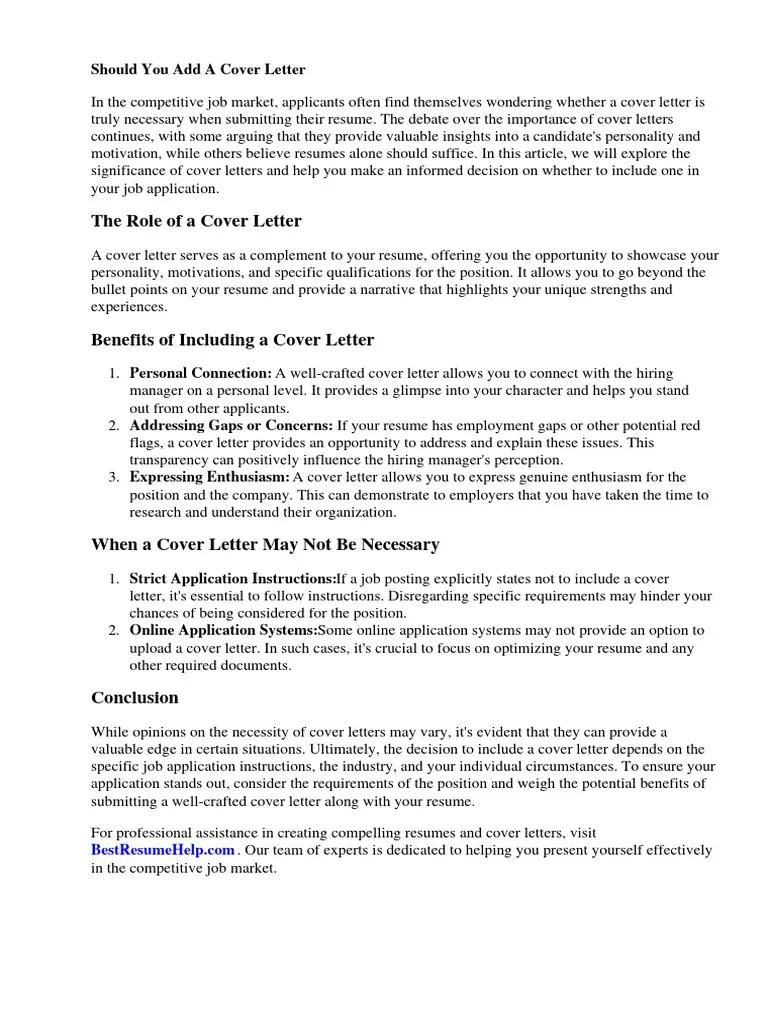
Keep your cover letter concise. Aim for a one-page document, unless otherwise specified in the job description. Use clear headings, bullet points, and white space to improve readability. A well-structured letter is easier to scan and understand, allowing the hiring manager to quickly grasp your qualifications and interest.
Proofreading and Editing
Proofread your cover letter carefully for any grammatical errors, typos, and inconsistencies. Errors can damage your credibility and give the impression that you are not detail-oriented. Have a friend or family member review your letter as well, as a fresh set of eyes can often catch mistakes you might have missed.
Common Cover Letter Mistakes to Avoid
Several common mistakes can undermine your cover letter and negatively affect your chances of getting hired. Being aware of these pitfalls can help you create a more effective and impactful application.
Generic Content
Avoid using a generic, one-size-fits-all cover letter. Tailor each letter to the specific job and company you are applying for. Generic content shows a lack of genuine interest and makes it less likely that your application will stand out. Customize your letter by referencing the company’s values, mission, and specific requirements.
Typos and Grammatical Errors
Carelessly written cover letters with typos or grammatical errors create a negative impression. Proofread your letter multiple times, using spell-check and grammar-check tools. Have someone else review it before you submit it. These errors show a lack of attention to detail and can make you appear unprofessional.
Lack of Personalization
Failing to personalize your cover letter can make it seem like you are sending out the same document to every company. Make sure to address the hiring manager by name (if possible) and show that you understand the specific requirements of the job. Demonstrate that you have researched the company and are genuinely interested in the opportunity.
Cover Letter Examples and Templates
Reviewing examples and using templates can help you create a compelling cover letter. These resources provide structure and guidance, allowing you to see how different elements are typically presented.
Cover Letter Examples
Look for examples of cover letters related to the type of job you are applying for. Many websites and career resources offer sample cover letters for various roles and industries. These examples can help you understand the format and tone that are appropriate for your situation. Analyze how other candidates have highlighted their skills, experiences, and accomplishments. Review the best practices.
Template Resources
Use cover letter templates as a starting point. Many online resources provide customizable templates that you can adapt to your needs. These templates often include pre-written sections and formatting suggestions. Customize the template with your information and tailor it to the specific job requirements. Make sure that the template is professional and well-designed before you start using it.
Final Tips for a Winning Cover Letter
Crafting a winning cover letter requires attention to detail, a personalized approach, and a clear understanding of your value proposition. Applying these tips will improve your chances of standing out and getting noticed. It will help you to be successful with your job applications.
- Proofread thoroughly
- Tailor it to each job
- Highlight your achievements
- Keep it concise and engaging
- Show enthusiasm and passion
